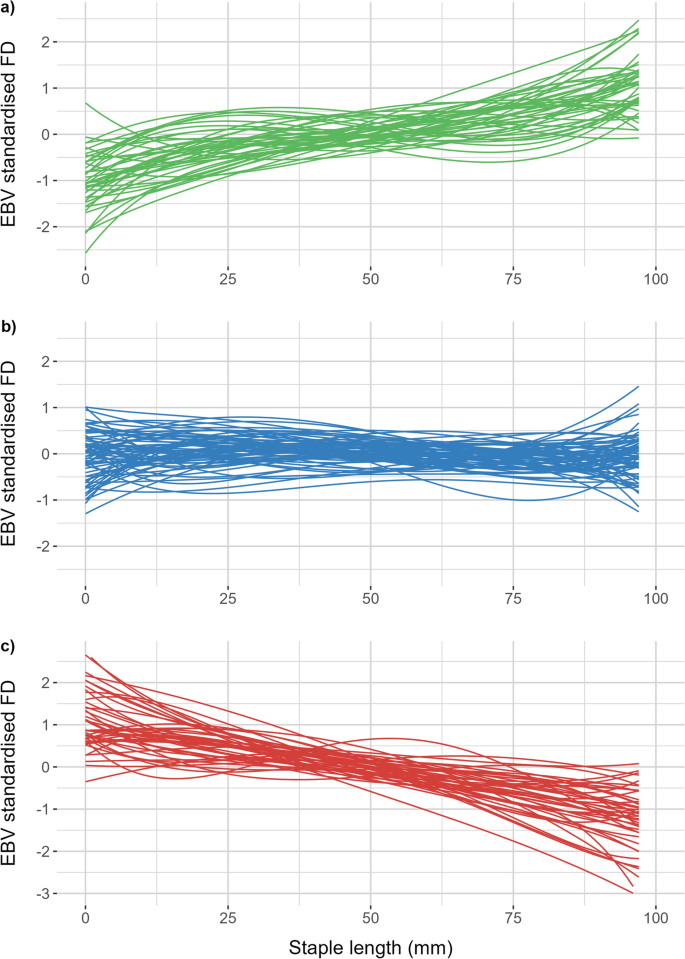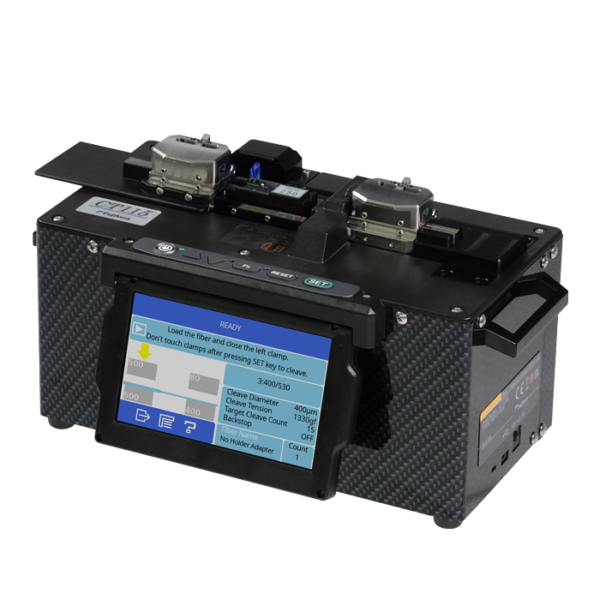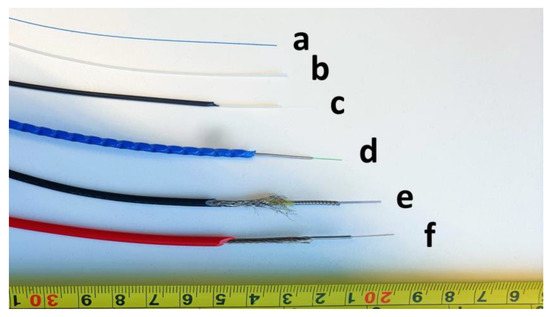Increasing Manufacturing Productivity with an Optical Fibre Diameter Analyser
Increasing Manufacturing Productivity with an Optical Fibre Diameter Analyser
Blog Article
Maximize Your Fibre Optic Performance: Understanding Optical Fiber Size Analyser Modern Technology
The performance of fibre optic systems is seriously influenced by the accuracy of their diameter, a variable frequently neglected in the search of optimal signal honesty. Recognizing the technology behind optical fiber size analysers reveals the complex balance in between dimension accuracy and manufacturing quality.
Value of Optical Fibre Diameter
The size of optical fiber plays a vital role in figuring out the performance and performance of communication systems. It influences numerous essential parameters, including the mode of light propagation, attenuation, and data transfer ability. Larger diameters generally enable for numerous light settings, helping with greater information transmission prices. Alternatively, smaller sized sizes have a tendency to support fewer modes, which can enhance signal clearness and reduce crosstalk.

In addition, comprehending the diameter's implications can bring about set you back savings by decreasing the need for signal boosting and repeaters in extensive networks (optical fibre diameter analyser). Finally, the value of optical fibre diameter can not be overemphasized, as it directly impacts the total efficiency and integrity of contemporary communication systems

How Size Impacts Signal Quality
Signal high quality in optical fibre systems hinges significantly on the size of the fiber. The size influences numerous crucial criteria, consisting of depletion, data transfer, and modal dispersion. A smaller sized diameter can cause higher attenuation rates, causing signal loss as light travels via the fibre. This depletion can compromise the honesty of the transmitted data, leading to a decrease in signal quality, especially over cross countries.
Conversely, larger diameters normally enable enhanced light capture and minimized modal dispersion, improving signal quality. In multimode fibres, a bigger core size can support several light settings, but it may additionally introduce intermodal dispersion, which can degrade signal high quality. For that reason, picking the optimal fibre diameter is critical for achieving the preferred efficiency in specific applications.
Furthermore, the interaction in between the fiber diameter and the wavelength of the light made use of plays an essential role in figuring out the reliable transmission range and total signal stability. As such, comprehending exactly how fibre size affects signal quality is vital for network developers and designers aiming to enhance optical fibre systems for reliable, high-speed data transmission.
Summary of Size Analyser Innovation
In numerous optical fiber manufacturing processes, exact dimension of fibre size is crucial for ensuring constant performance and quality (optical fibre diameter analyser). Diameter analysers are innovative tools made to assess the physical measurements of optical fibers with high accuracy. They employ sophisticated optical and laser modern technologies to measure the diameter, ovality, and concentricity of the fiber, hence giving critical data for quality control
These analysers can operate in-line during the production procedure or as component of off-line screening methods. In-line systems enable real-time surveillance, allowing manufacturers to adjust specifications promptly, thus preserving ideal production problems. Off-line analysers, on the other hand, offer comprehensive evaluations of batches, ensuring that any type of deviations from defined tolerances are identified and resolved.
Size analysers significantly add to the reduction of problems in optical fibres, enhancing overall item integrity. By constantly determining key criteria, these modern technologies assist in conformity with market standards and specs. As the demand for high-performance optical fibers proceeds to increase, the role of size analysers comes to helpful hints be progressively important in achieving the desired top quality and efficiency standards in fiber optic systems.
Trick Attributes of Fibre Size Analysers
Although numerous designs of fibre diameter analysers exist, they generally share numerous essential features that improve their functionality and integrity. One of the most substantial functions is high-resolution dimension capacities, which make certain exact diameter readings, essential for preserving top quality control in fibre manufacturing. In addition, numerous analysers incorporate advanced optical sensors created to discover minute variants in fibre diameter, therefore providing vital data for procedure optimization.
Another vital feature is real-time surveillance, permitting drivers to obtain immediate responses on fiber size throughout the manufacturing procedure (optical fibre diameter analyser). This capacity helps with quick adjustments and decreases the chance of problems. Lots of analysers also come geared up with easy to use interfaces, allowing drivers to easily navigate with setups and data results
Furthermore, robust data storage and evaluation functionalities are vital for tracking historic performance trends and making sure compliance with market criteria. These attributes collectively contribute to the efficacy of fiber diameter analysers in enhancing fiber optic efficiency.
Finest Practices for Fibre Optimization

First, regular calibration of optical fibre diameter analysers is essential. This makes certain precise measurements and lessens prospective discrepancies that can impact performance. Next off, maintaining a clean functioning setting is click for source important; dust and impurities can lead to indicate degradation.
In addition, it is necessary to pick fibres that meet specific application needs. This involves assessing factors such as attenuation, transmission capacity, and environmental problems. Proper installment methods should likewise be complied with, including preventing sharp bends and excessive tension, which can jeopardize fiber honesty.
Additionally, utilizing sophisticated surveillance systems can help with real-time performance analyses, allowing timely identification of problems. Routine screening and upkeep ought to be performed to make certain that fibers continue to be within ideal functional criteria.
Finally, training employees on the most recent fibre optimization technologies and methods will certainly enhance their capacity to apply effective techniques. By complying with these ideal techniques, companies can significantly enhance the efficiency and life-span of their optical fiber systems, ensuring efficient communication and data transfer.
Final Thought
Finally, the assimilation of optical fibre diameter analyser technology is essential for maximizing fibre optic efficiency. By guaranteeing accurate measurements of fibre measurements, these analysers substantially enhance signal top quality and lower losses during data transmission. Normal calibration and upkeep of the analysers are important to promote optimum efficiency and conformity with market requirements. Ultimately, the application of this technology facilitates improved information transmission prices and enhances signal integrity, adding to the total performance of fibre optic systems.
Signal quality in optical fiber systems pivots considerably on the diameter of the fiber.In many optical fiber production processes, exact dimension of fiber size is important for making certain constant efficiency and high quality. As the need for high-performance optical fibers continues to increase, the duty of size analysers comes to be significantly important in attaining the preferred top quality and performance requirements in fiber optic systems.
These functions jointly contribute to the efficiency of fibre diameter analysers in enhancing fibre optic efficiency.
In conclusion, the combination of optical fibre size analyser modern technology is important for maximizing fibre optic performance.
Report this page